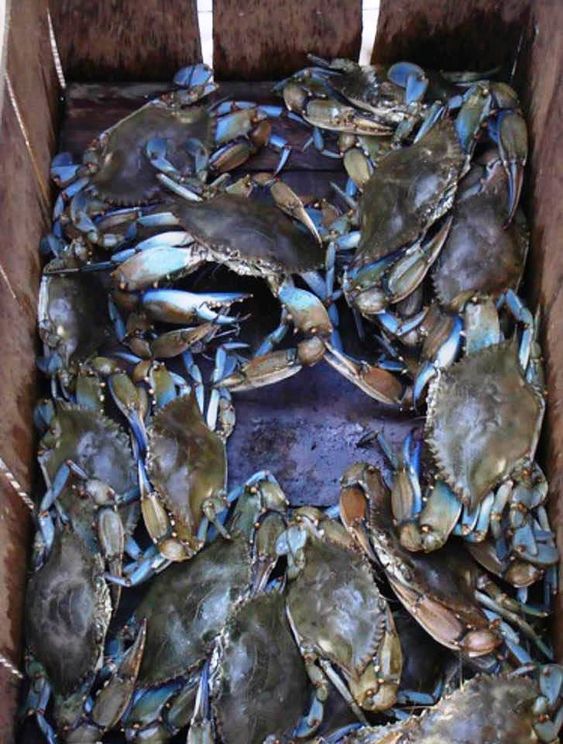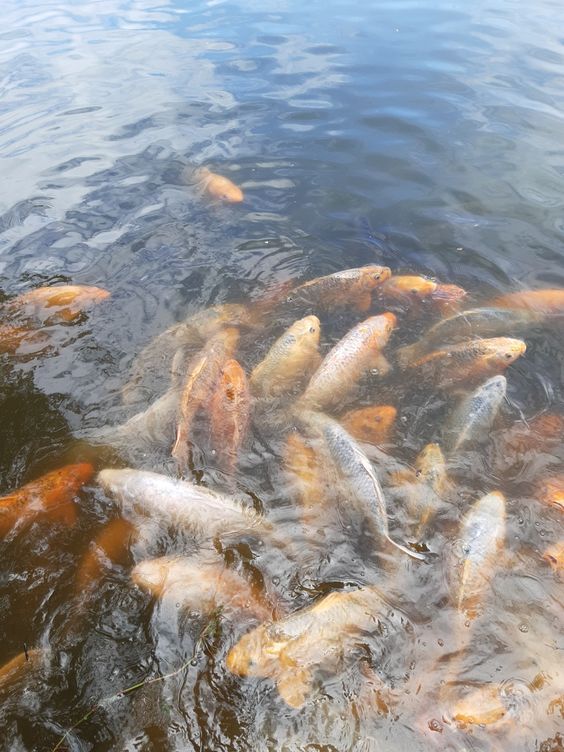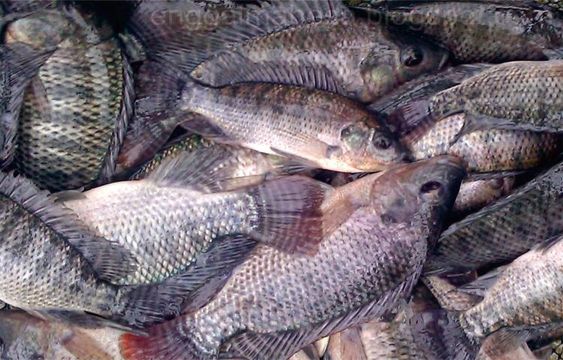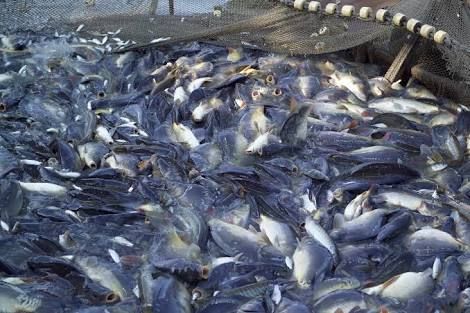Crab Survival: How Effective Strategies Ensure Thrivinga and Resilience
Crab Survival are fascinating creatures, crucial to marine ecosystems and often a source of economic value. Their survival strategies are complex, reflecting millions of years of evolution in diverse environments. This comprehensive article explores the concept of crab survival, examining the strategies they employ, the benefits of their survival to ecosystems and human economies, and ideas for further research.
Crabs are a diverse group of crustaceans found in various aquatic environments, from tropical coral reefs to deep-sea trenches. Their ability to thrive in such a wide range of habitats showcases their adaptability and resilience. Understanding how crabs survive involves examining their physical adaptations, behavioral strategies, and the ecological roles they play.
Crab survival is not just about enduring harsh conditions; it involves a complex interplay of biological, environmental, and ecological factors. By exploring these aspects, we can gain insights into their survival mechanisms and the broader implications for ecosystems and human activities.
Contents
The Importance of Crab Survival
Crab survival is crucial for several reasons:
- Ecological Balance: Crab survival is critical for maintaining ecological balance, supporting economies, and preserving biodiversity. Crabs are integral to the health of marine and coastal ecosystems due to their role in nutrient cycling, sediment turnover, and algal bloom control. By feeding on decaying organic matter, they help break down and redistribute nutrients, which supports the overall productivity of the environment. Additionally, crabs burrow in sediments, facilitating the aeration of the seafloor, which helps maintain healthy habitats for various marine organisms. Their predation on algae helps control excessive growth, preventing the deterioration of ecosystems.
- Economic Value: Economically, crabs are of significant value, particularly in global fisheries and aquaculture industries. Many communities rely on crabs as a primary source of income and food. Crab fishing supports local economies, creating jobs and sustaining livelihoods for fishers, traders, and workers involved in processing and distribution. Crabs are a highly sought-after seafood, making them a valuable commodity in both domestic and international markets. A thriving crab population ensures the continued availability of this resource, benefiting both local and global economies.
- Biodiversity: crabs contribute to the richness of marine biodiversity. Their presence helps sustain a variety of other species, as they are both predators and prey in the food web. A robust crab population supports the resilience of marine ecosystems, making them less vulnerable to disruptions. Therefore, ensuring the survival of crabs is vital for maintaining biodiversity, supporting economic stability, and preserving the health of marine environments.

Key Strategies for Crab Survival
Crabs employ a range of survival strategies to navigate their environments. These strategies can be categorized into physical adaptations, behavioral tactics, and environmental interactions.
Physical Adaptations
- Exoskeleton: Crabs have a hard exoskeleton that provides protection from predators and environmental hazards. This exoskeleton is periodically molted to accommodate growth, ensuring that crabs remain protected throughout their lives.
- Claws and Pincers: Crabs use their claws for various purposes, including defense, foraging, and communication. Their pincers are adapted to handle different types of prey and can be specialized for specific tasks.
- Camouflage: Many crab species have evolved camouflage to blend with their surroundings. This helps them avoid predators and increases their chances of survival.
- Respiratory Adaptations: Crabs have gills that allow them to extract oxygen from water. Some species have adapted to survive in low-oxygen environments or even on land by developing specialized respiratory structures.
Behavioral Tactics
- Burrowing: Many crabs dig burrows to escape predators and harsh environmental conditions. Burrows provide a safe haven and a microhabitat that can offer stable conditions for survival.
- Shelter Use: Crabs often use natural or artificial shelters, such as rocks, shells, or man-made objects, to protect themselves from predators and environmental extremes.
- Social Behavior: Some crab species exhibit complex social behaviors, such as forming groups or engaging in cooperative defense strategies. Social interactions can enhance survival by providing mutual protection and increasing access to resources.
- Feeding Strategies: Crabs have varied feeding strategies, including scavenging, predation, and filter feeding. Their adaptability in feeding allows them to exploit different food sources and survive in diverse environments.
Environmental Interactions
- Habitat Selection: Crabs select habitats based on factors such as food availability, predator presence, and environmental conditions. Their ability to choose suitable habitats enhances their survival chances.
- Environmental Adaptations: Crabs can tolerate a range of environmental conditions, from temperature fluctuations to salinity changes. Their physiological and behavioral adaptations allow them to thrive in diverse habitats.
- Reproductive Strategies: Crabs have developed various reproductive strategies to ensure the survival of their offspring. These strategies include producing large numbers of eggs, providing parental care, and using specialized breeding habitats.
Benefits of Understanding Crab Survival

Goals of Research on Crab Survival
Research on crab survival serves several important goals, contributing to conservation efforts, fisheries management, aquaculture, and scientific understanding.
Identify Key Factors: One of the primary objectives of research on crab survival is to determine the critical factors that affect their ability to thrive. These include environmental conditions like water temperature, salinity, and oxygen levels, which can impact crab growth, reproduction, and overall health. Additionally, predation pressures and the availability of food sources are key factors influencing their survival. By identifying these elements, researchers can better understand the specific conditions crabs require to flourish and the challenges they face in various habitats.
Develop Conservation Strategies: Another significant goal is to create effective conservation strategies that protect crab species and their habitats from threats such as overfishing, pollution, and habitat destruction. Research helps identify vulnerable crab species, track population trends, and assess the impacts of human activities on their survival. With this knowledge, conservationists can develop targeted strategies like marine protected areas, restoration of critical habitats, and regulations to mitigate human-induced pressures, ensuring the long-term survival of crab populations.
Improve Aquaculture Practices: Understanding crab biology and behavior plays a critical role in enhancing aquaculture practices. Research on crab survival informs better practices for raising crabs in controlled environments, improving growth rates, health, and reproduction. By applying this knowledge, aquaculture farms can increase productivity, reduce disease risks, and ensure the sustainability of crab farming. This is crucial as the demand for seafood rises, and aquaculture becomes an increasingly important source of crabs for global markets.
Enhance Fisheries Management: Research provides valuable insights that can improve fisheries management practices. Understanding crab life cycles, breeding patterns, and migration behaviors helps establish sustainable harvesting methods and season-based fishing regulations. This prevents overexploitation, supports population recovery, and maintains healthy crab populations, benefiting both ecosystems and local economies dependent on crab fisheries.
Advance Scientific Knowledge: Finally, research on crab survival contributes to the broader scientific understanding of crustacean biology and ecology. It helps scientists uncover new information about crab physiology, genetics, and interactions within marine ecosystems, advancing the field of marine biology and guiding future research on crustacean conservation and management.
Ideas for Further Research on Crab Survival
There are several intriguing areas for further research on crab survival that could provide valuable insights into conservation, fisheries management, and broader ecological understanding.
Impact of Climate Change: One of the most pressing areas for research is how climate change affects crab survival. Rising ocean temperatures, changes in salinity, and ocean acidification are altering marine ecosystems, potentially disrupting the habitats and breeding cycles of crabs. Research can focus on how these changes influence crab physiology, reproduction, and migration patterns. Understanding the long-term impacts of climate change can help develop adaptive conservation strategies to protect crab populations in a rapidly changing environment.
Behavioral Adaptations: Studying the behavioral adaptations of crabs in response to environmental stressors and predation pressures is another promising area for further research. Crabs may develop unique behaviors to avoid predators, find food, or cope with changing environmental conditions such as reduced oxygen levels or increased water temperatures. By examining these adaptations, scientists can gain insights into how crabs evolve to survive in dynamic and sometimes hostile ecosystems.
Genetic Diversity: Research into the genetic diversity of crab populations can shed light on their capacity for survival and adaptation to environmental changes. Genetic diversity is crucial for the resilience of species, enabling them to withstand diseases, habitat alterations, and other stressors. Studying the genetic variation within and between crab populations can help identify vulnerabilities, allowing conservation efforts to focus on protecting genetically diverse and resilient populations.
Habitat Restoration: Exploring the effectiveness of habitat restoration efforts in improving crab survival is another important area of research. Restoration projects, such as rebuilding coastal wetlands and seagrass beds, aim to recreate the natural habitats that crabs rely on for breeding and feeding. Investigating the success of these efforts can help refine restoration techniques and ensure that they provide the maximum benefit to crab populations and ecosystem health.
Disease and Parasites: The impact of diseases and parasites on crab populations is an understudied but critical area for further research. Disease outbreaks and parasitic infestations can significantly reduce crab numbers and threaten entire populations. By studying the types of diseases and parasites that affect crabs, as well as how they spread and affect survival, researchers can develop better methods for preventing and controlling these threats.
Human Impacts: Lastly, assessing the effects of human activities, such as pollution, overfishing, and coastal development, on crab survival is crucial. These activities can degrade habitats, reduce water quality, and disrupt food webs, all of which can threaten crab populations. Research can help quantify these impacts and guide policy decisions aimed at mitigating the adverse effects of human activities on marine ecosystems and crab survival.

Advantages of Studying Crab Survival
Studying crab survival offers numerous advantages that impact ecosystems, conservation, economies, science, and environmental awareness.
Ecosystem Insights: Research on crab survival provides valuable insights into the functioning of marine and coastal ecosystems. Crabs play a vital role in nutrient cycling, sediment turnover, and controlling algae populations. By understanding how crabs interact with their environment, scientists can better grasp the dynamics of marine ecosystems. This knowledge helps explain how different species contribute to maintaining ecological balance, highlighting the importance of biodiversity in supporting healthy ecosystems.
Conservation Benefits: Studying crab survival is critical for informing conservation efforts. By identifying the environmental factors that impact crab populations—such as water quality, habitat degradation, and climate change—researchers can design targeted conservation strategies. Protecting vulnerable crab species and their habitats ensures the preservation of biodiversity. Conservation actions informed by research can include habitat restoration, establishing marine protected areas, and regulating fishing practices to prevent overharvesting.
Economic Benefits: Research into crab survival directly supports sustainable fisheries and aquaculture practices. Crabs are an important economic resource for many coastal communities, providing income and food security. By studying their life cycles, breeding behaviors, and survival challenges, fisheries managers can implement policies that ensure sustainable harvesting. This helps prevent overfishing, allowing crab populations to thrive while supporting local economies dependent on crab fisheries and farming.
Scientific Knowledge: Studying crab survival advances our broader understanding of crustacean biology and ecology. It contributes to scientific discoveries related to their physiology, genetics, and behaviors, which have applications in various fields. Insights from crab research can be applied to other marine species, enhancing our knowledge of marine biodiversity and ecosystem management.
Environmental Awareness: Research on crab survival also plays a crucial role in raising awareness about the importance of preserving marine and coastal environments. It highlights the interconnectedness of species and ecosystems and emphasizes the need for responsible human interaction with marine habitats. By studying crabs, we promote the understanding that preserving marine biodiversity is essential for the overall health of the planet, leading to increased support for environmental protection initiatives.
Crab survival is a multifaceted topic that encompasses physical adaptations, behavioral strategies, and environmental interactions. Understanding these aspects is crucial for conserving crab populations, managing fisheries, and maintaining ecosystem health. By exploring the various strategies crabs use to survive and the benefits of their survival, we gain valuable insights into the intricate dynamics of marine and coastal ecosystems. Continued research and awareness are essential for ensuring the long-term survival of crabs and the ecosystems they support.






